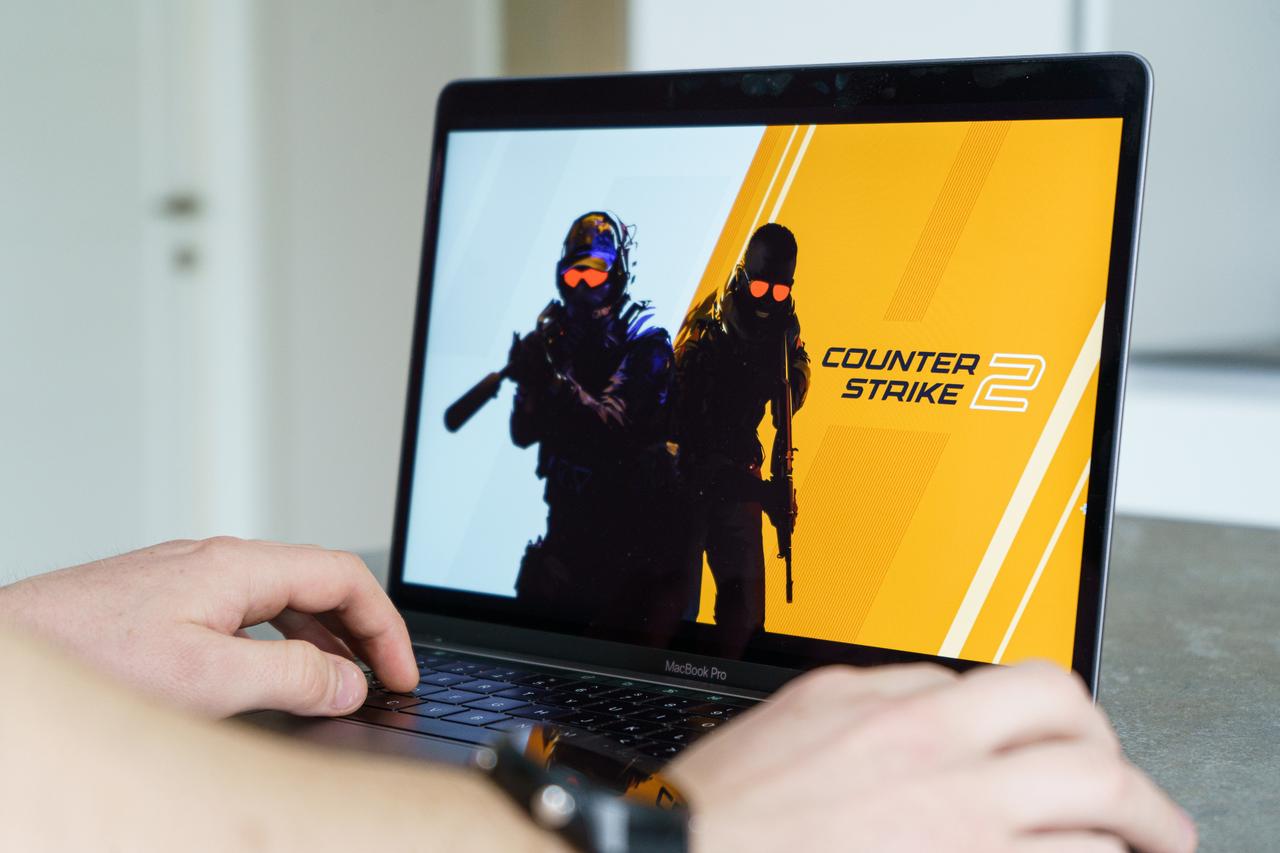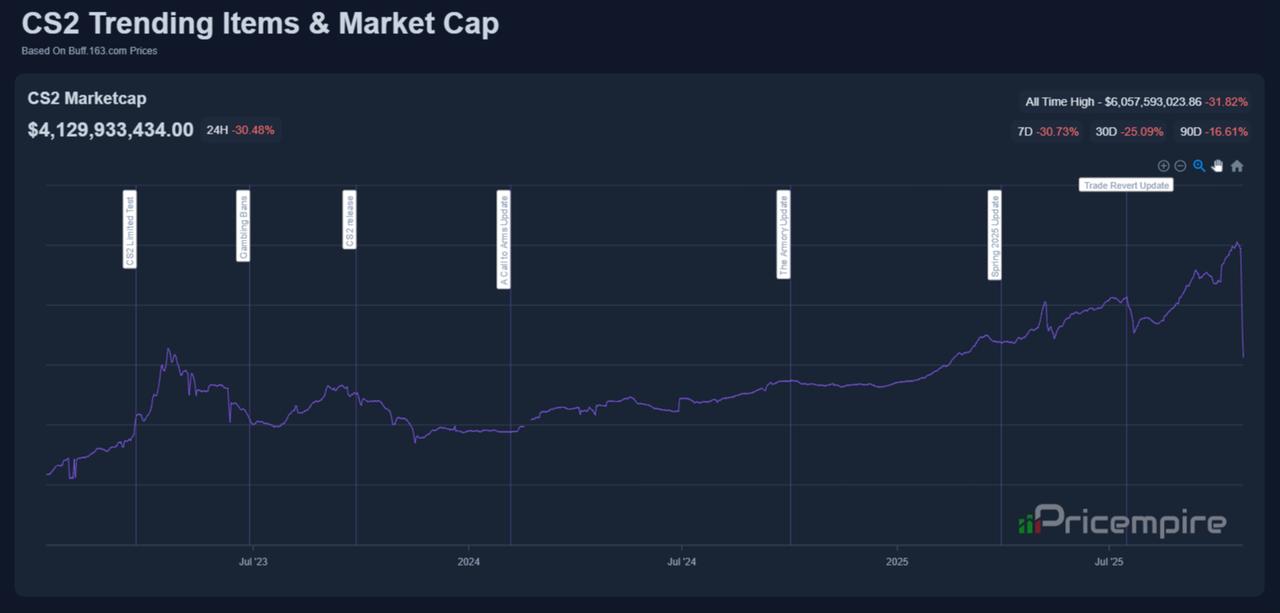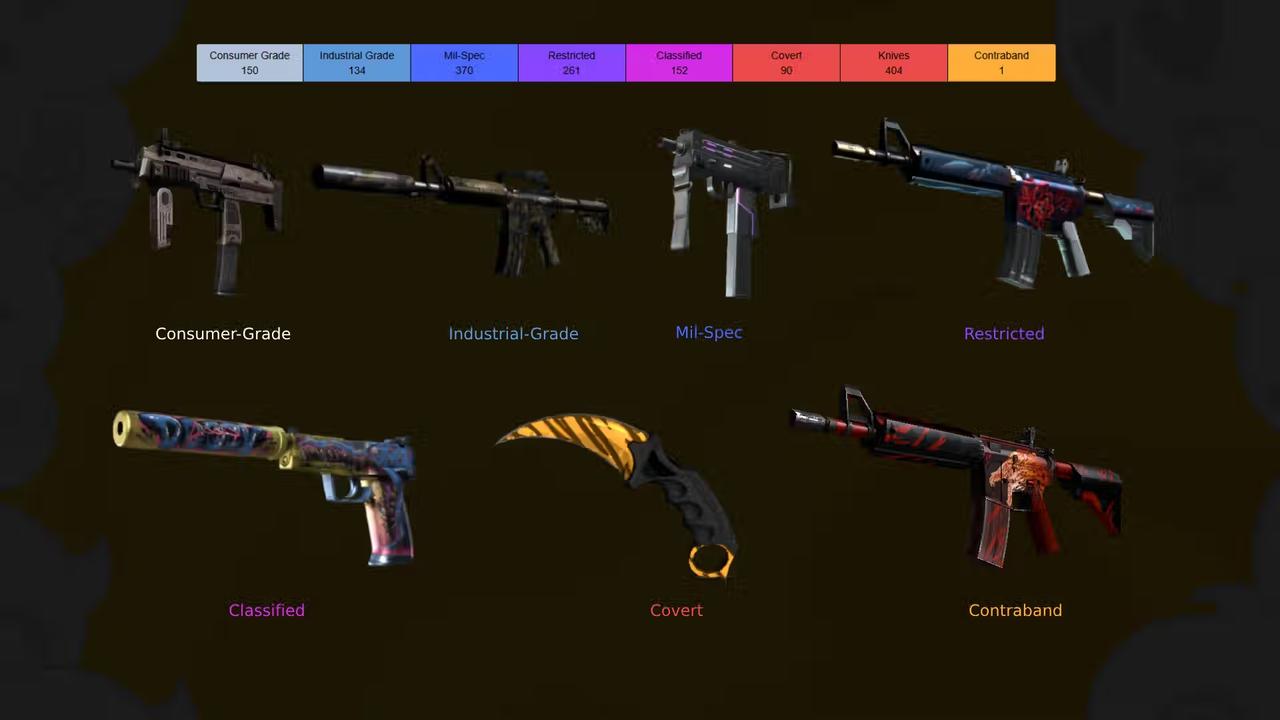
The in-game economy surrounding Counter-Strike 2 (CS2) has reached a historic milestone, with the total market capitalization of weapon skins, stickers, and cosmetic items surpassing $6 billion for the first time, according to data from PriceEmpire.com—a market-tracking platform for digital gaming assets.
The surge came ahead of a new update by developer Valve, which enabled players to trade up for high-value items such as knives and gloves—a long-requested feature that triggered a blow-off in demand for lower-tier items, sending prices soaring to unprecedented levels.
The total market capitalization reached $6.01 billion before sliding back to $4.12 billion on Thursday, following the update, according to PriceEmpire data.

What began as a small player-driven trading ecosystem has evolved into a global digital marketplace that blends gaming culture, investment speculation, and collectible ownership.
Back in April, the overall market capitalization for Counter-Strike skins stood at around $4.5 billion, meaning the sector has grown by over one-third in just a few months.
The most sought-after skins—such as special editions of the AK-47 or the AWP "Dragon Lore"—have reached six-figure prices, with at least one sale exceeding $1 million.
PriceEmpire estimates that Counter-Strike players collectively open over 400 million loot cases per year, while the keys required to unlock them generate roughly $1 billion annually in revenue for Valve.
The launch of Counter-Strike 2 in 2023 has brought a wave of new and returning players since then, boosting demand for rare skins.
Easier trading through dedicated marketplaces and third-party tools has also expanded market activity.
Many items are now viewed as digital collectibles valued for their rarity rather than gameplay use, while the game’s random "case opening" system keeps players spending in pursuit of rare rewards.
Valve’s latest update has intensified this trend, allowing players to trade up for premium items like knives and gloves and sparking renewed demand across the market.

A substantial share of this growth has been traced to Chinese investors, who have increasingly turned to Counter-Strike skins as a form of speculative asset.
PriceEmpire sources much of its pricing data from Buff, China’s largest online trading platform for virtual goods.
Because investment opportunities in China are tightly regulated, some investors have used digital items as an alternative channel for asset appreciation, according to esports-news.co.uk.
This trend has even led to allegations of "pump-and-dump" schemes, where group leaders—known informally as "teachers"—encourage followers to buy specific skins to inflate prices before selling off their holdings.
Despite the impressive figures, analysts warn that the CS2 skin market remains extremely volatile. Item values fluctuate sharply depending on game updates, market speculation, and player sentiment.
While many traders now view these digital goods as real-world assets—tradable for cash on third-party sites—the unpredictable nature of game economies makes such investments inherently risky.